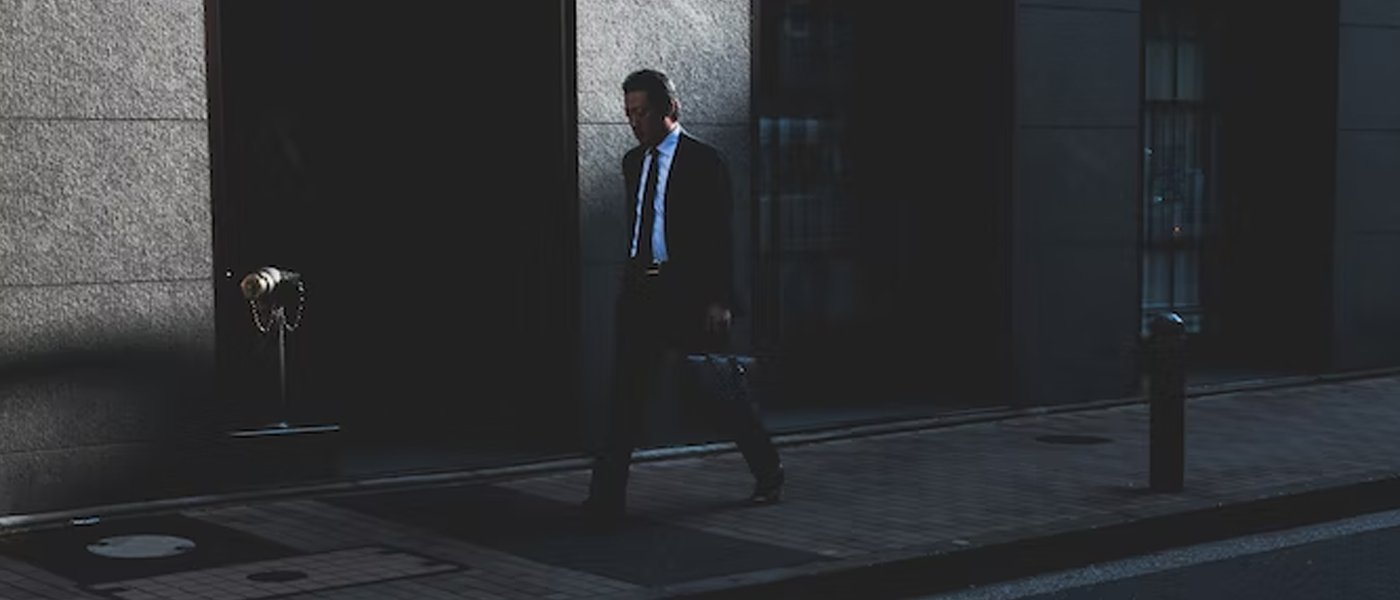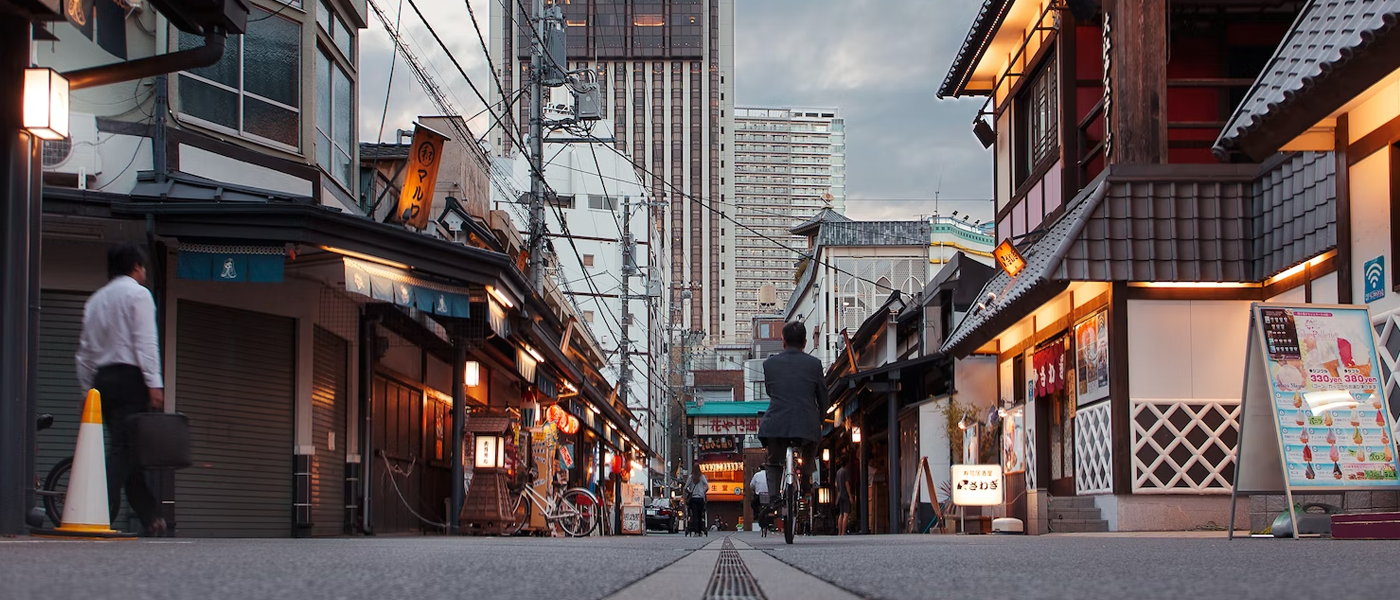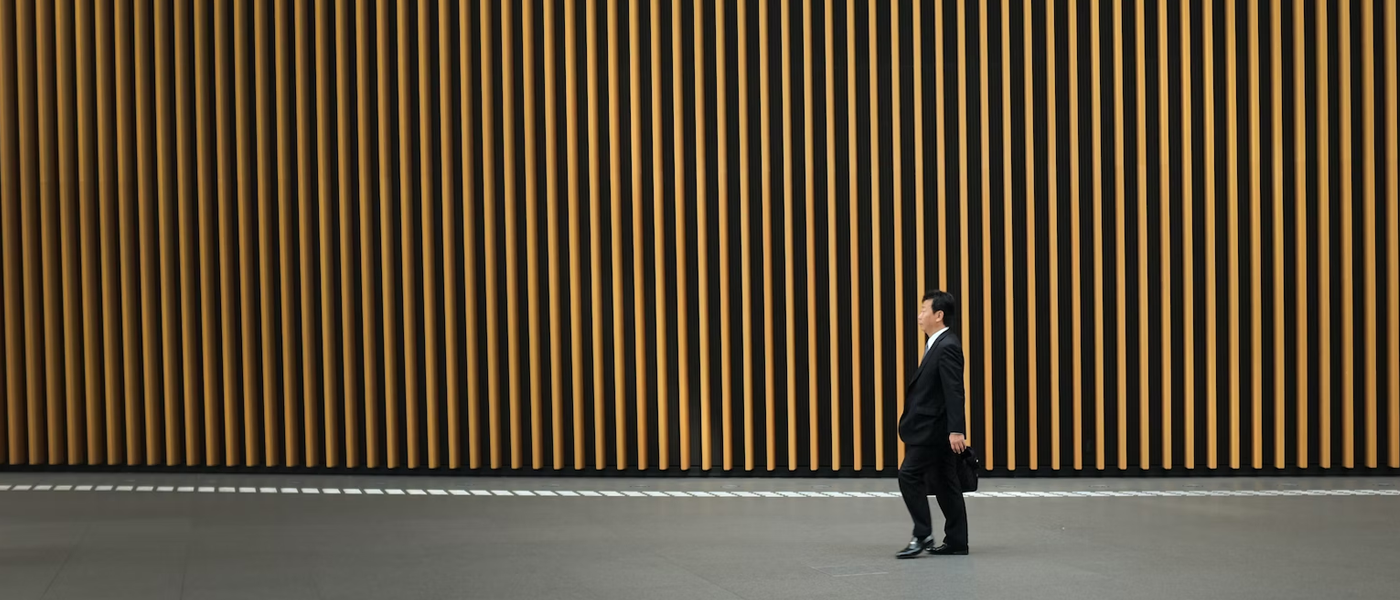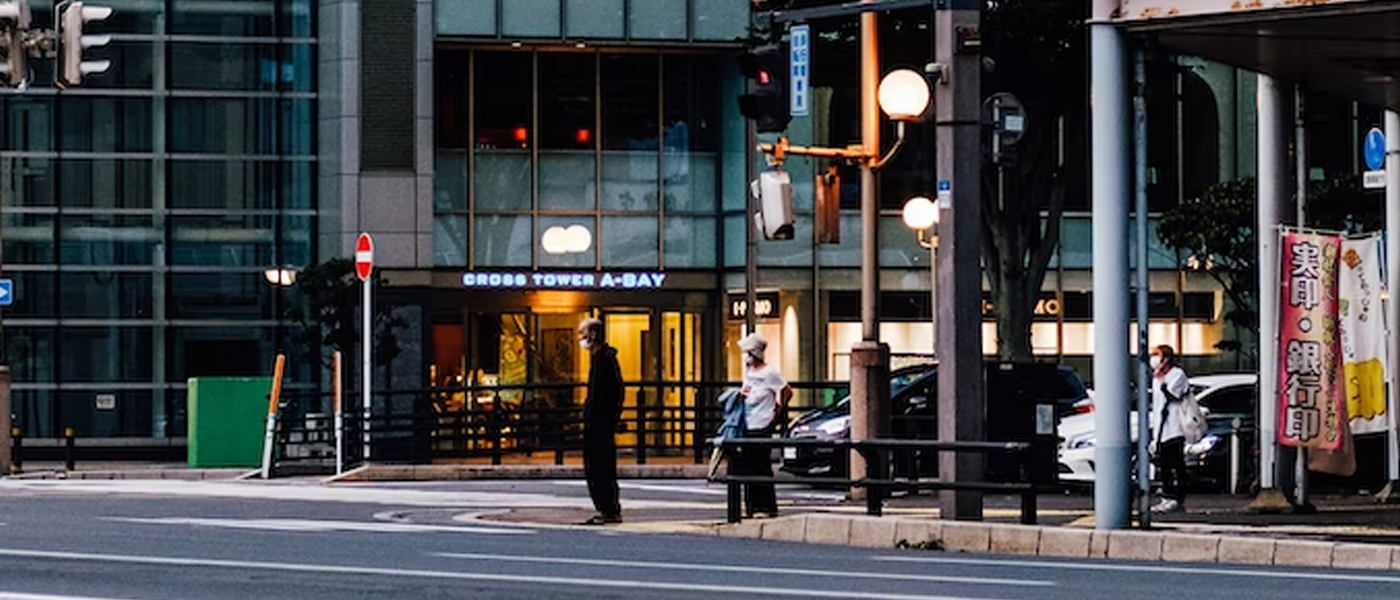The senpai-kouhai system in Japan is a custom that emphasizes respect and support from those in senior or higher roles to those younger or of lower positions.
This system is often seen within schools, where children in the upper classes are referred to as ‘senpai’ and take on leadership roles like mentors for their juniors, ‘kouhai’.
Senpais then provide guidance and advice by passing down their knowledge and experience which helps develop their juniors’ character.
This practice can also be found outside of educational settings, particularly in the workplace where professional senpais often look out for their kouhais in order to help them flourish.
Overall, the senpai-kouhai system is an important aspect of Japanese culture that places emphasis on respect, trust, and assistance between people of different positions.

Japanese Workplace Culture
It is no surprise that deeply rooted traditional values are still deeply embedded in Japanese workplace culture today.
Employees tend to show much respect to those with seniority and experience, based on a civil code called “sekinin”, which assigns responsibility and obligation to senior members toward the motions and actions of their inexperienced employees.
Although this collective culture may seem difficult for newcomers to understand, it is in place in order to create harmony and cooperation among all members of the organization.

Hierarchies in the Japanese society
Japanese society has long been organized along hierarchical principles, with a familial system based on the gendered premise of male superiority.
Wives and daughters are expected to obey their husbands and brothers respectively, forming a chain of authority that is essentially passed down hereditarily — that is, sons take the role of head in their family from fathers and will have the same authority over their own family.
Such a system serves to maintain gender inequality as well as reinforce traditional values associated with japanese culture.
Despite modern developments, japan remains a country where hierarchies remain in place within the same organizational structures.

International Work Environment
The japanese work culture, while vastly different from its international counterparts, has been a staple of japanese society for centuries.
However, in the last few years, many japanese companies have stuck to their roots and kept traditional customs intact.
This slowly began to change as senior executives in japan recognized that having a more global outlook on opportunity could yield better results for their employees.
As such, Japan is now beginning to become more open to the concept of an international work environment that prioritizes working together to generate greater innovation and yield better solutions for customers all across japan.

The traditional Japanese work environment
In this day and age, with the advance of globalization, Japan has been adapting official doctrine that corresponds to international standards in certain newer industries.
This could involve reducing the emphasis on hierarchical values or encouraging more open communication; changes that actually offer system results such as increased productivity or higher quality work.
However, although some companies are open to adopting these methods, it’s not all about bulldozing ahead with the change; there still exists those traditional work cultures quite unique to Japan which are core tenets for many official doctrines in enterprises.
Thus even from an outsider’s perspective, getting adjusted to such a subtle but distinct corporate culture may prove to be difficult.
Read about the Best 10 Game Companies in Japan.

The Japanese comapnies movieng forward
In recent years, Japan’s traditional work culture has come under increasing scrutiny.
This pressure has motivated Japanese game companies and other industries to make changes that promote a healthier work-life balance for their employees.
For example, some companies are beginning to offer flexible work hours as well as telecommuting policies.
In addition, efforts are being made to reduce the stigma of taking leave from work due to physical or mental health issues, which is often seen as a source of shame within Japanese society.
Ultimately, the aim is for the mindset surrounding working in Japan to shift away from long hours and strict adherence to rigid systems towards greater mental wellbeing and personal growth.
You can read more about the Japanese Working Culture.

The Japanese family system
The Japanese family system is quite interesting and intricate in the way it works. It has been built on a hereditary system, with older members of the family having control over much of the family’s matters.
This can be exemplified by the Obon Festival: People flock to their ancestral homes to pay respects to their late relatives and show unity within their families.
Additionally, another example that highlights this hereditary structure is the annual sports festival where a shrine or temple’s hereditary chief invites all his guests; usually done by the eldest son if one exists.
This shows how even today, important decisions are made within a family based on centuries-old hereditary traditions, including inheritance of debts, titles, and family property.
What does the Japanese word kouhai mean?
The japanese word kouhai is a great example of the japanese custom of using an intricate system of polite language to show respect and emphasize the social order between people. It is used to refer to someone lower in seniority than you, such as a younger person at work, a classmate, or an acquaintance.
For example, it’s common for japanese employees to refer to their colleagues using kouhai if they have been in a certain position longer than them.
Quite literally translated, it can mean ‘follower’ or ‘junior’ – both conveying hierarchies based on age or experience – and is something that plays an important role in japanese culture.

What is the difference between senpai and kouhai?
The Japanese terms senpai and kouhai refer to older and junior students respectively. Senpais, who are older since they’ve been in the same group for longer, often act as mentors for their kouhai.
The life of a senpai could involve taking the role of a big brother or sister, not just for offering guidance and advice but providing a listening ear when their juniors need it.
On the flip side, being a kouhai offers some great life lessons too! From actively seeking input from seniors or learning how to take criticism constructively, there may be much an older student can learn from having younger students around them within the same group.

What is the origin of the word kouhai?
The origin story of the widely used Japanese term “kouhai” is anything but straightforward. It’s affiliation with feudal times has had scholars searching far and wide for a definitive answer.
Created by the merging of several words during Meiji Era, its original use was to describe relatives of different generations within the same family – a sort of hierarchical connotation that would evolve over time.
Today, you can find kouhai everywhere from school settings to animes; typically playing the role of someone younger and more inexperienced than their peers, or facing some adversity along the way.

Where is kouhai commonly used?
The word kouhai is commonly used in Japan and is a term between two people of different hierarchical levels. It literally translates to “junior,” and this reflects its purpose in indicating a power imbalance between the two entities.
It is most often used in high school and work settings, where an upperclassman student or senior coworker can be considered the “senpai” or superior and a lower rank individual can be referred to as the kouhai.
Japanese culture places great importance on respecting the power structure that exists between individuals so kouhai is seen as a way of keeping order among peers.

What does Paisen mean?
Have you ever heard of the term “Paisen”?
It originated in Japan and it’s a Japanese honorific used to refer to one’s senpai, or experienced person. It is said that senpai literally teaches and guides paisen through daily life and social norms, making the latter more aware of their surrounding culture.
The term is especially popular in Japan as part of the cultural etiquette for new hire such as apprentices or interns as a sign of respect for an experienced person who has dedicated himself/herself to a certain industry or craft.
Though its origin was from Japan, today many people from other countries also use it even if they are not familiar with its original meaning.
What are other Japanese honorifics?
In Japanese society, respectful language is of utmost importance. As such, a hierarchy in the form of a seniority system exists which also drives communication – in other words, various honorifics are employed as a display of appropriate respect.
Sensei (先生)
While ‘sensei’ and ‘san’ are some of the most widely used honorifics, there are many others that exist too.
Sama (様)
‘Sama’, for example, is reserved for highly respected individuals while ‘kun’ is typically used by seniors when addressing subordinates or those of lower grade.
Dono (殿)
Additionally, ‘dono’, which literally translates to “lord” or “master”, shows more respectful behavior than the use of only their name and consequently indicates greater admiration and respect.
Senpai and kouhai relationship in the workplace
In Japan, the senpai-kouhai relationship is a common dynamic in the workplace.
Typically, when an experienced employee (senpai) and a newer employee (kouhai) are in the same organization, there is an expectation for the experienced worker to take on a mentor role, guiding and teaching their junior counterpart.
In this way, kouhais have an important role in Japanese workplaces – learning from those who have gone before them while they transition into more established careers.
It not only helps newbies feel welcomed within their respective companies but gives those same organizations access to wider pools of knowledge and experience.

The Japanese workplace in the future
Many people have discussed the unique work culture that still exists in Japan. There are definitely areas that could use improvement in order to bring them more in line with international standards.
Thankfully, it looks like Japan is finally making an effort to modernize, though with so much of their culture heavily rooted in tradition and history, it’s probably safe to assume those changes won’t completely replicate what has been implemented elsewhere.
Although they may not hit the exact same marks as other countries, however, these changes should be a benefit to the workplace – both employees and employers – when all is said and done.

Nyx, Editor at Vertex Mode, is also an experienced 3D Artist in gaming and film, sharing insights on Digital Art and its creators.

